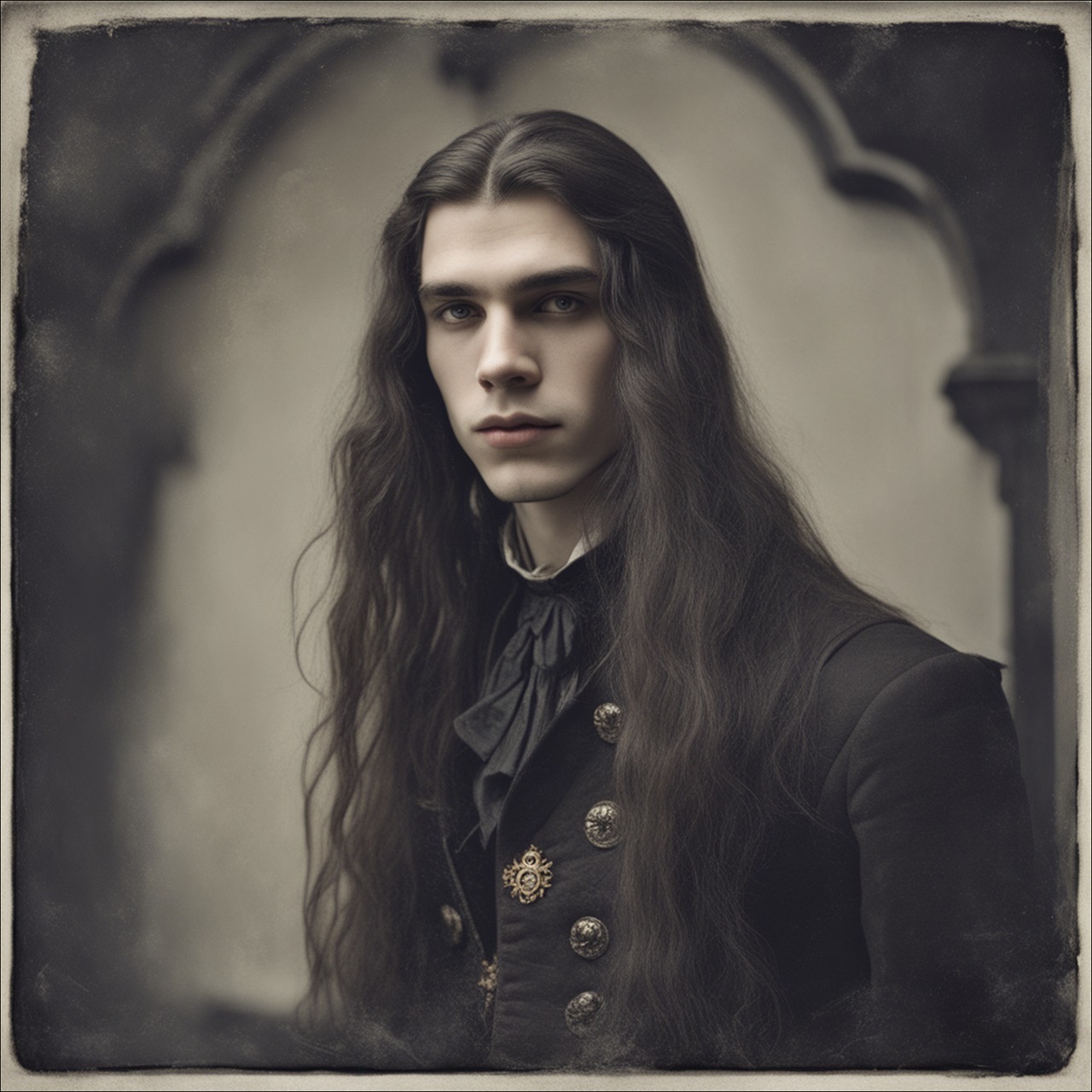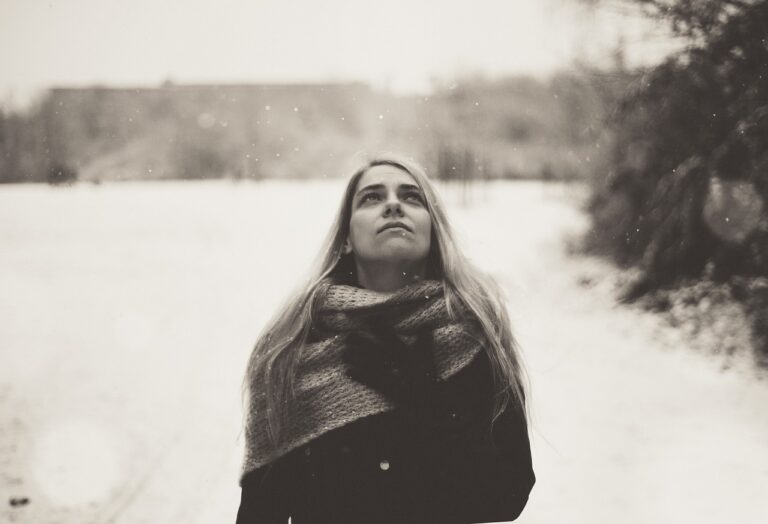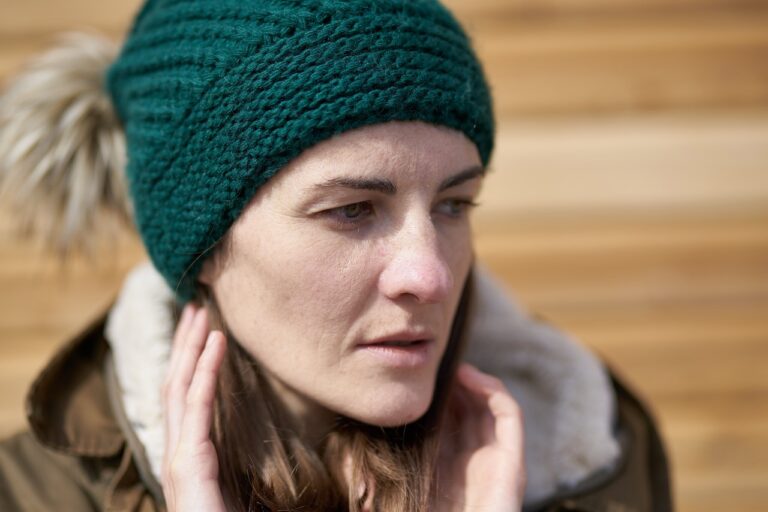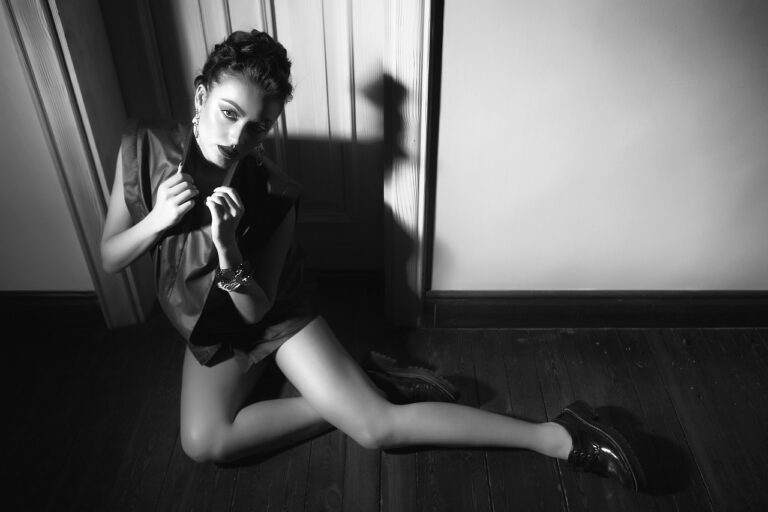The Influence of Art Deco on Fashion: Geometric Patterns and Opulent Fabrics
Art Deco emerged during the early 20th century, gaining prominence in the 1920s and 1930s. The style originated as a response to the elaborate and ornate Art Nouveau movement, focusing instead on sleek geometric shapes, bold colors, and lavish materials. Art Deco drew inspiration from various sources, including ancient Egyptian art, contemporary Cubism, and the machine age aesthetic.
Characterized by its symmetrical patterns, sharp angles, and luxurious finishes, Art Deco quickly found its way into architecture, interior design, fashion, and even jewelry. The style exudes an air of sophistication and modernity, with its emphasis on clean lines and stylized motifs. Art Deco appealed to a post-World War I society seeking a break from the past and a vision of a more glamorous and prosperous future.
Art Deco Influence on Fashion Trends
Numerous fashion designers drew inspiration from the Art Deco movement during the 1920s and 1930s, resulting in a significant influence on fashion trends. The sleek lines, geometric shapes, and bold colors of Art Deco architecture and design were translated into clothing designs, creating a sense of modernity and sophistication. This influence could be seen in the structured silhouettes of women’s dresses, tailored suits for men, and the overall emphasis on symmetry and symmetry in fashion.
Accessories also played a key role in capturing the essence of Art Deco in fashion. Statement jewelry pieces featuring geometric patterns, bold color combinations, and intricate designs became prominent in the era. Additionally, Art Deco-inspired handbags, shoes, and hats adorned with embellishments and motifs reminiscent of the movement further solidified its impact on fashion trends during that time.
Geometric Patterns in Art Deco Fashion
Geometric patterns in Art Deco fashion play a significant role in the overall aesthetic of this design movement. These patterns are characterized by their use of symmetrical shapes, sharp lines, and bold colors. The repetitive nature of geometric patterns in Art Deco fashion creates a sense of harmony and balance in the garments, adding a touch of sophistication and modernity to the overall look.
In Art Deco fashion, geometric patterns are often seen in various forms such as zigzags, chevron stripes, and sunburst motifs. These intricate patterns are commonly used in dresses, accessories, and even textiles, reflecting the influence of Cubism, Futurism, and the machine age on the fashion of that era. The use of geometric patterns in Art Deco fashion not only adds visual interest but also conveys a sense of luxury and opulence, making it a timeless and captivating style choice for many fashion enthusiasts.
• Geometric patterns in Art Deco fashion create a sense of harmony and balance
• Symmetrical shapes, sharp lines, and bold colors are key characteristics
• Zigzags, chevron stripes, and sunburst motifs are commonly used forms
• Reflects influence of Cubism, Futurism, and the machine age on fashion
• Adds visual interest and conveys a sense of luxury and opulence
What are some common characteristics of Art Deco?
Some common characteristics of Art Deco include geometric shapes, symmetry, bold colors, and a focus on luxury and modernity.
How did Art Deco influence fashion trends?
Art Deco influenced fashion trends by incorporating its geometric patterns, bold colors, and modern aesthetic into clothing designs, accessories, and jewelry.
What are some examples of geometric patterns in Art Deco fashion?
Some examples of geometric patterns in Art Deco fashion include chevron stripes, zigzags, sunburst designs, and hexagonal shapes.
Can you mix and match different geometric patterns in Art Deco fashion?
Yes, mixing and matching different geometric patterns was a common practice in Art Deco fashion, as long as the overall look remained cohesive and stylish.
How can I incorporate Art Deco fashion into my wardrobe today?
You can incorporate Art Deco fashion into your wardrobe today by wearing clothing with geometric patterns, accessorizing with Art Deco-inspired jewelry, or adding Art Deco elements to your makeup and hairstyles.







